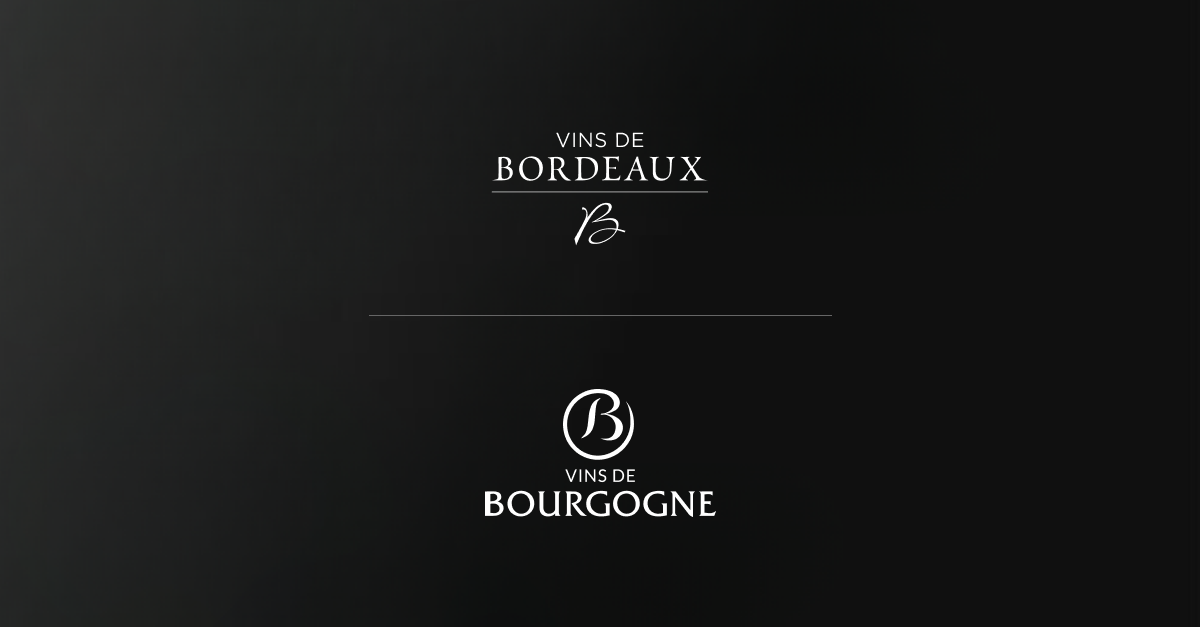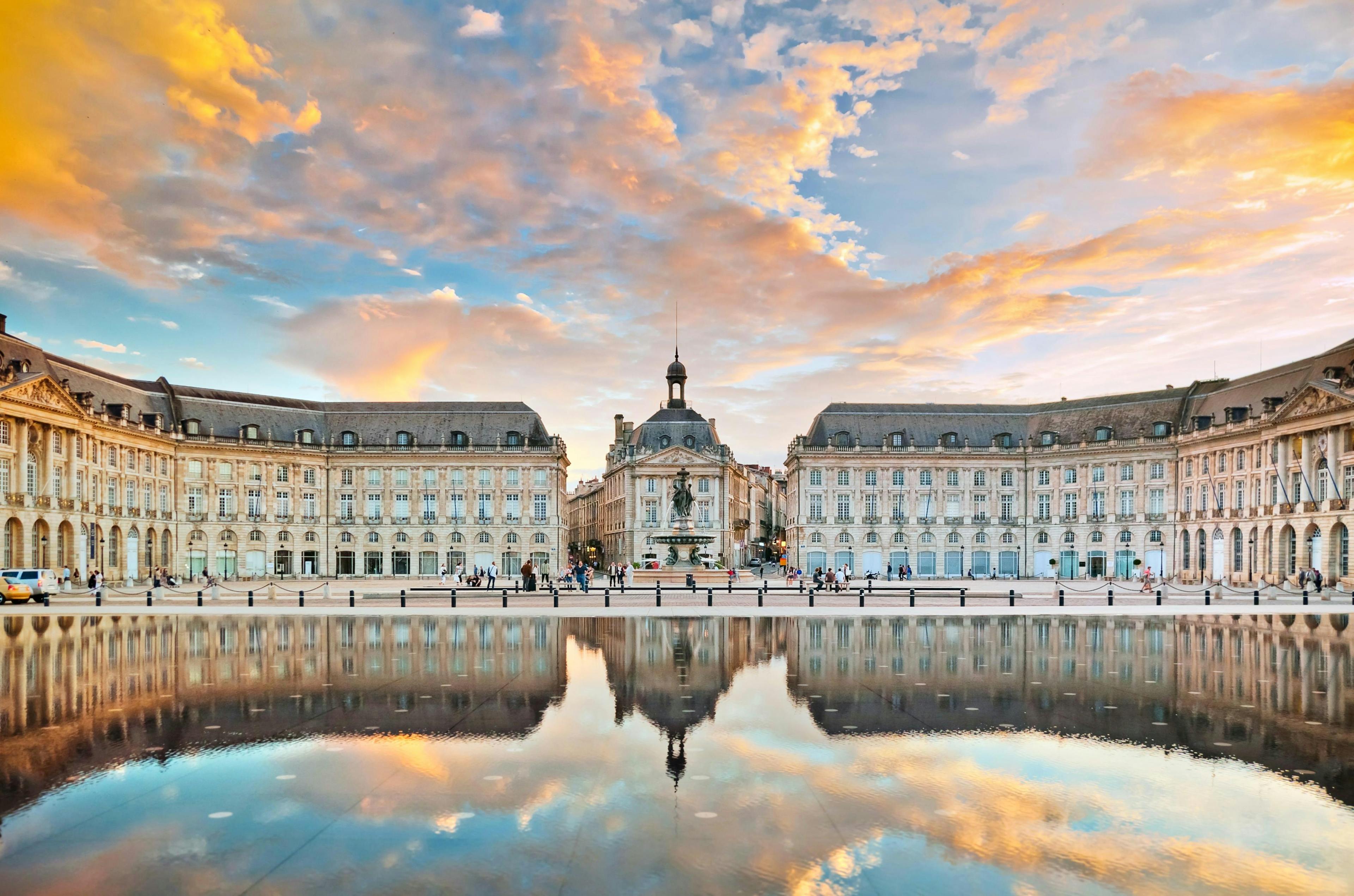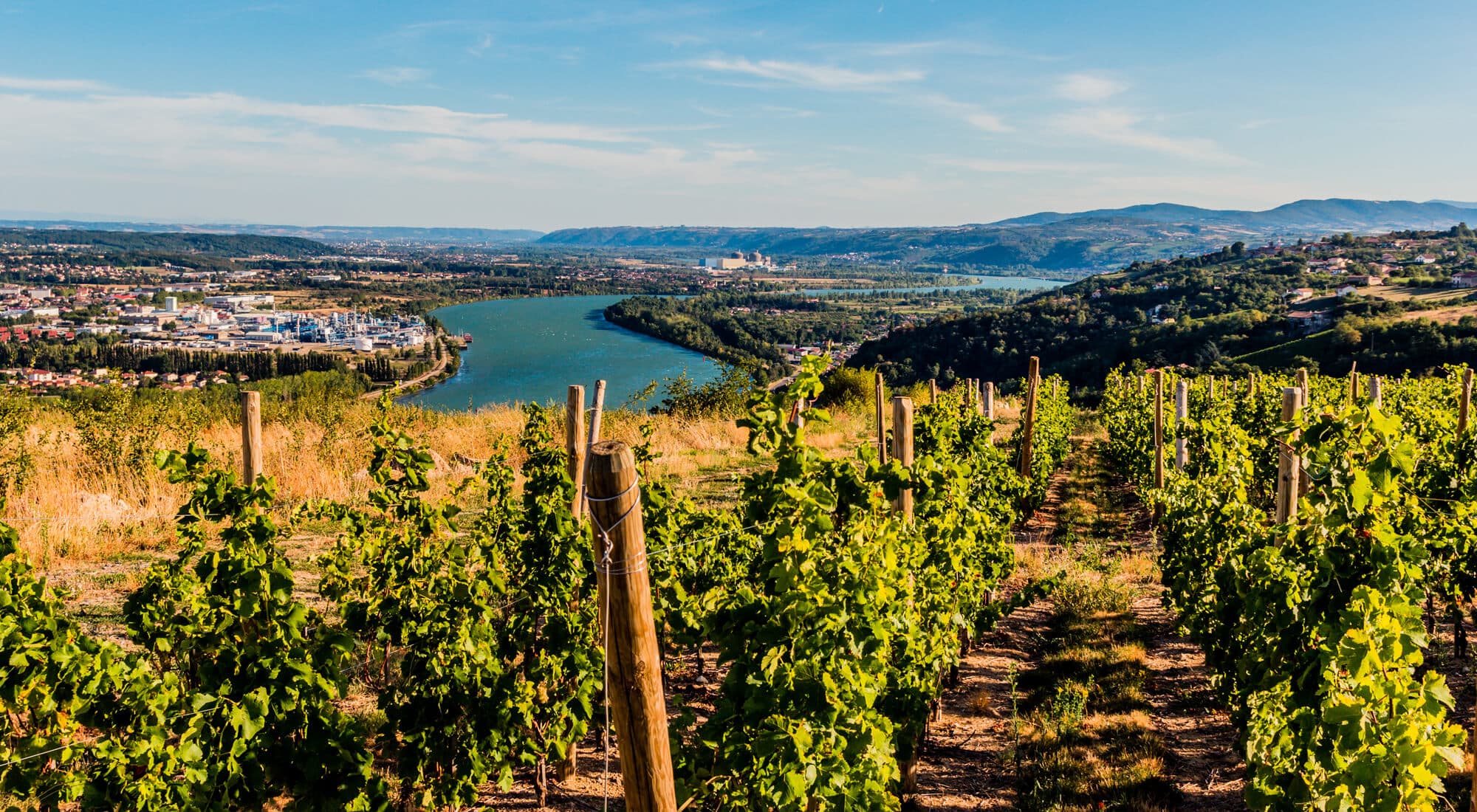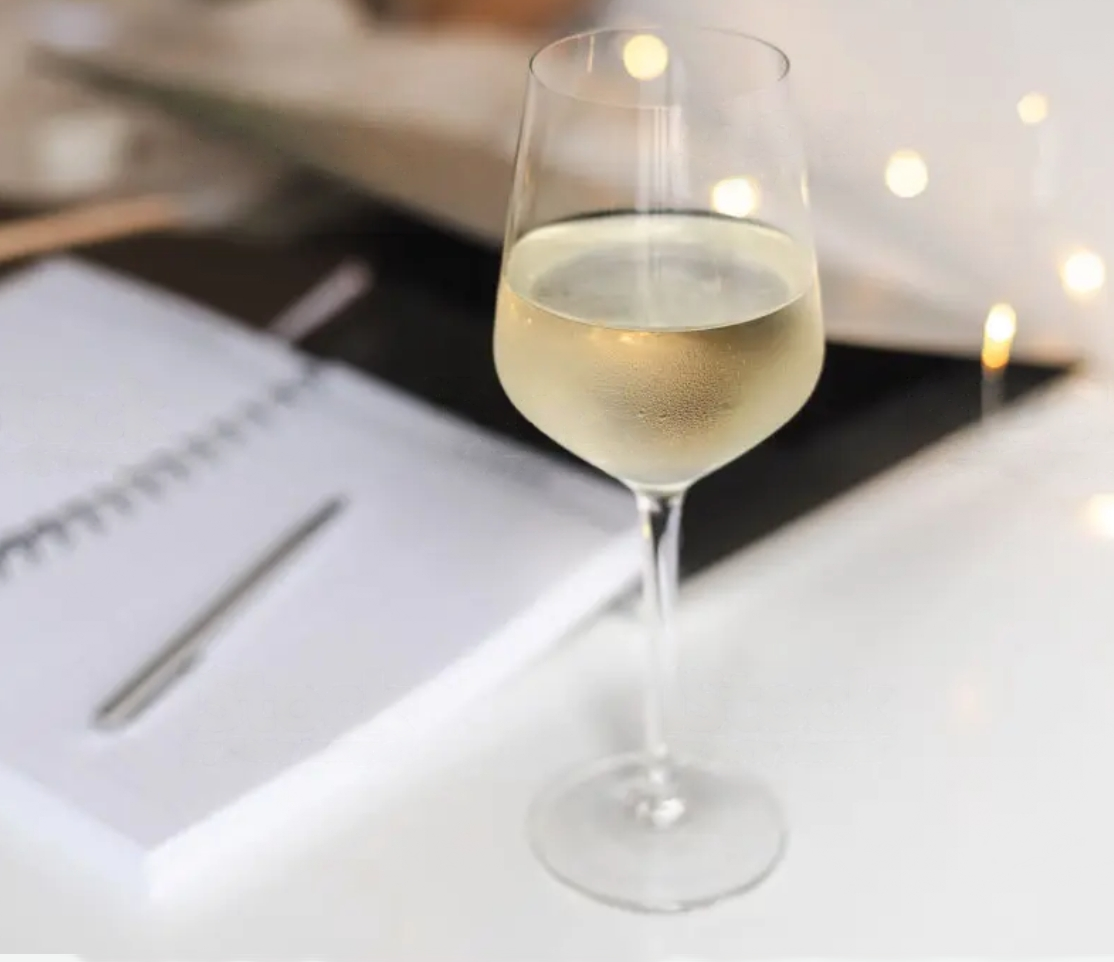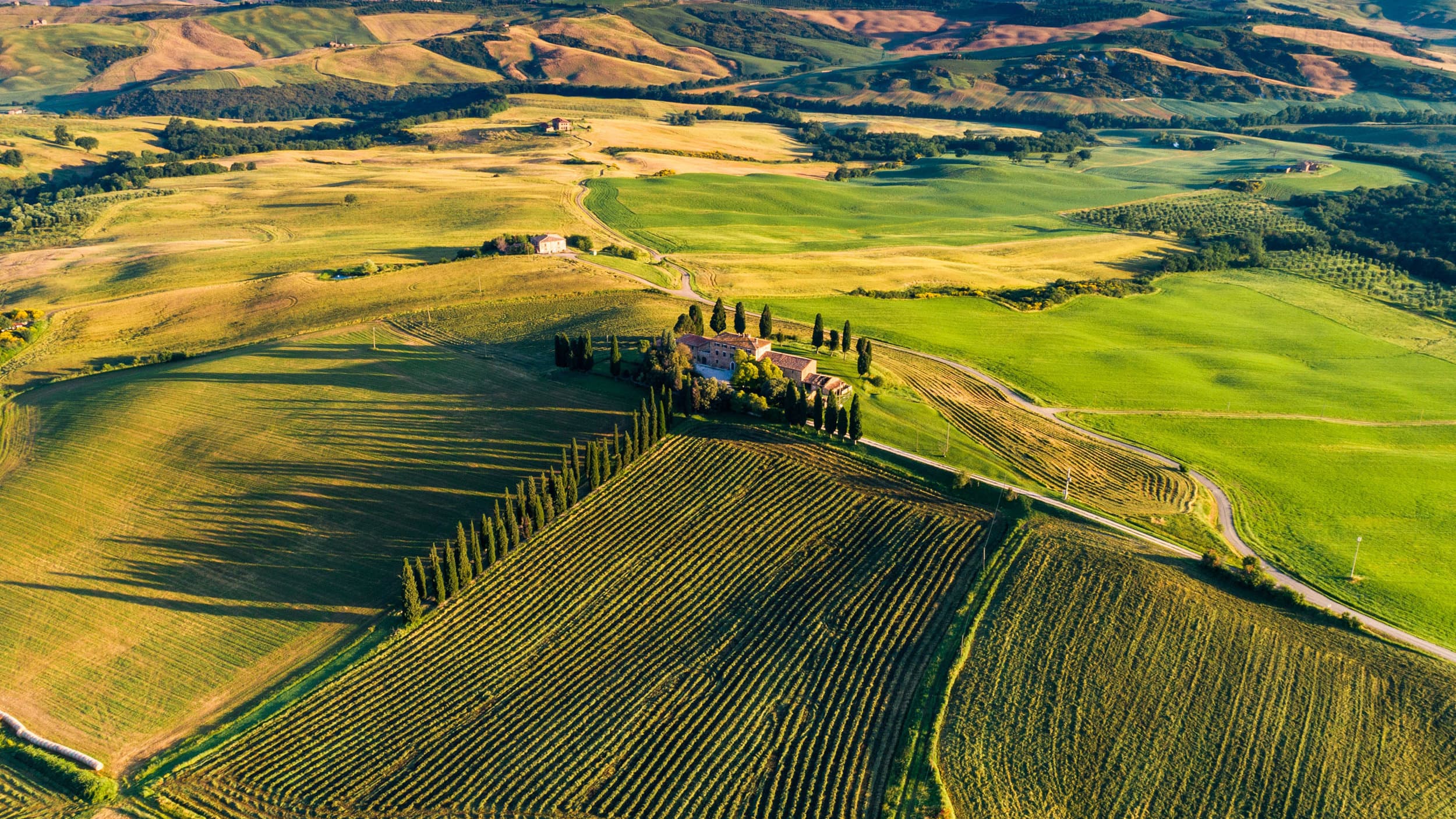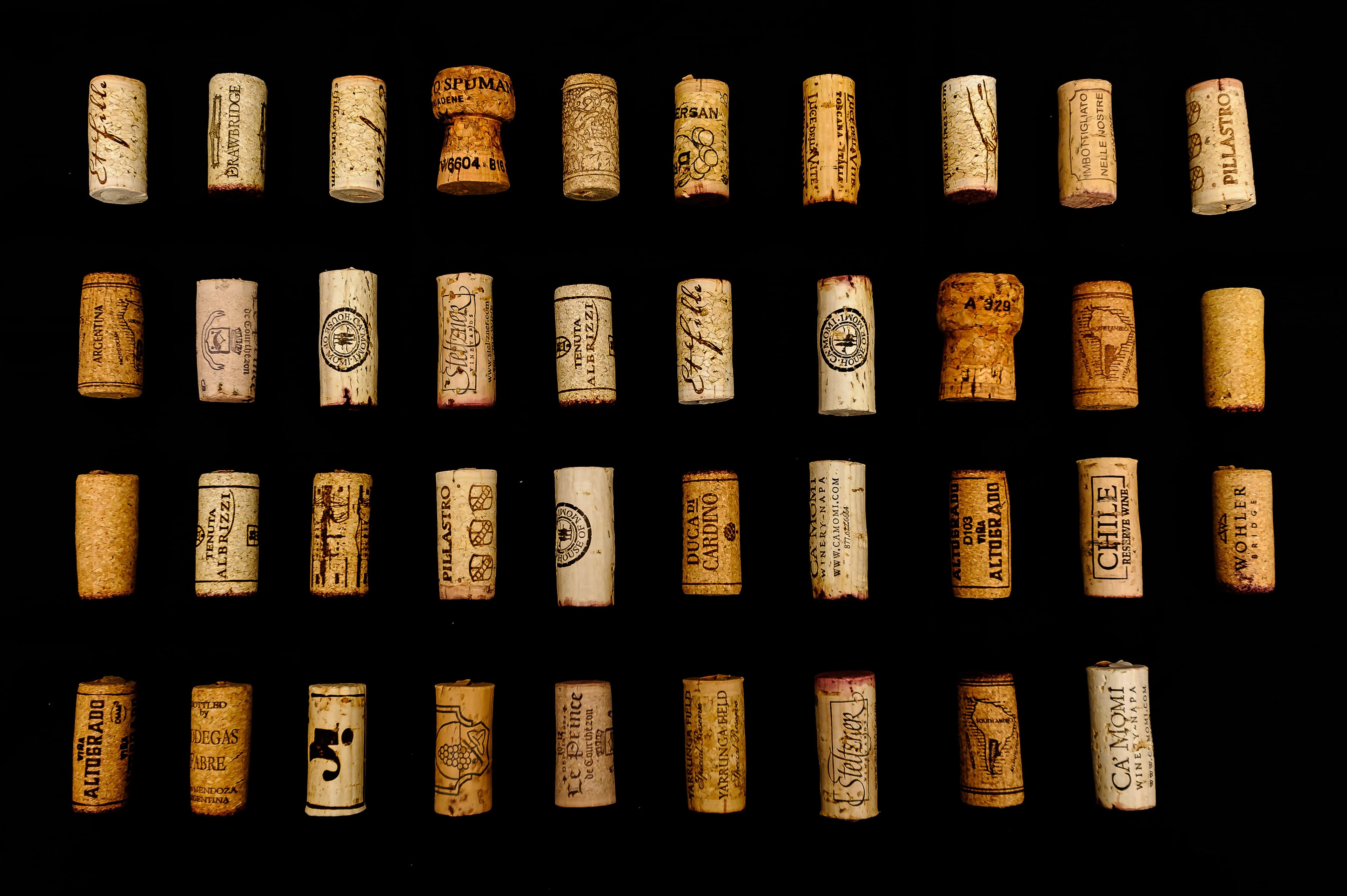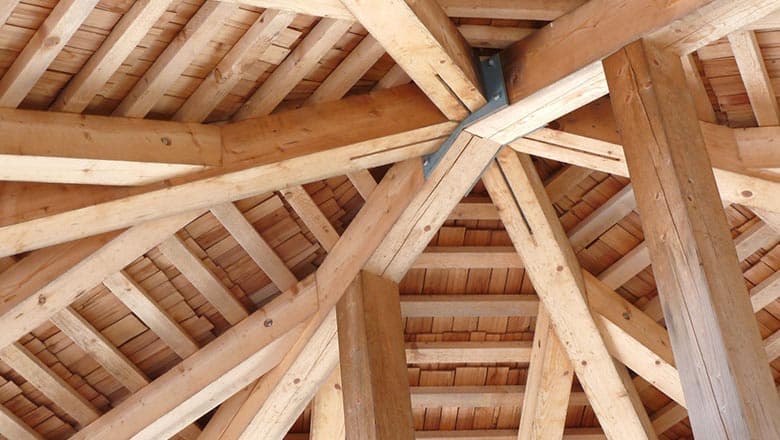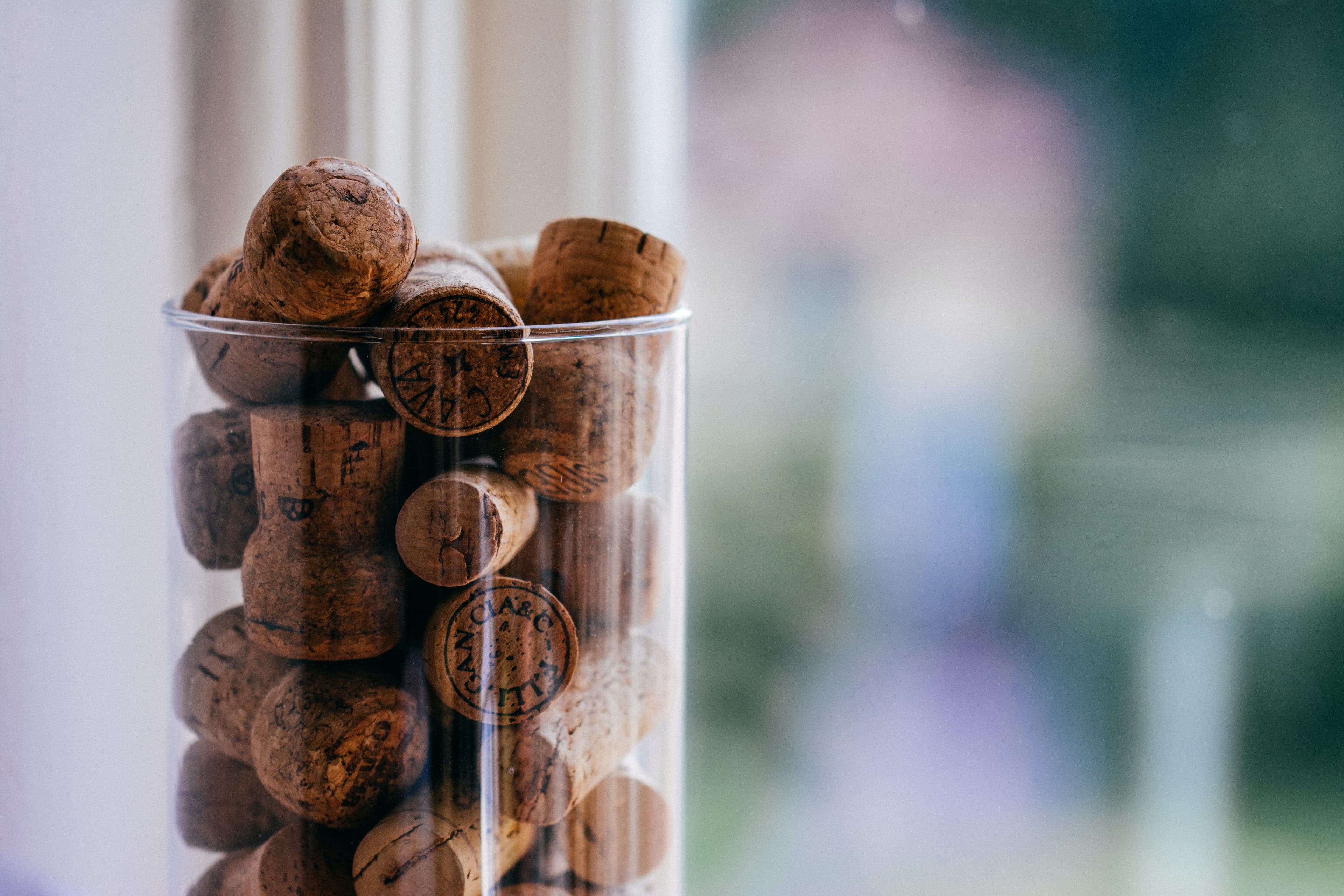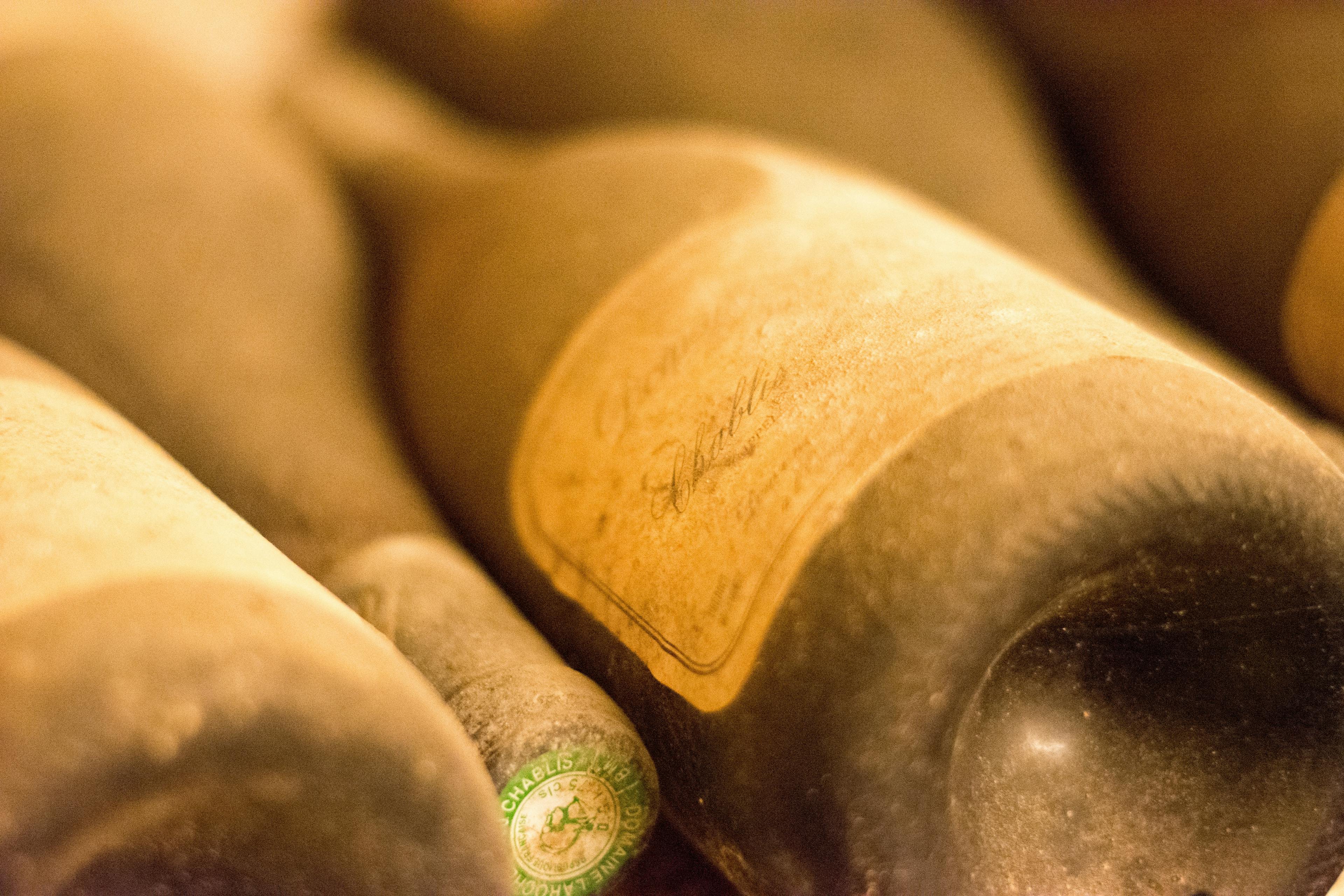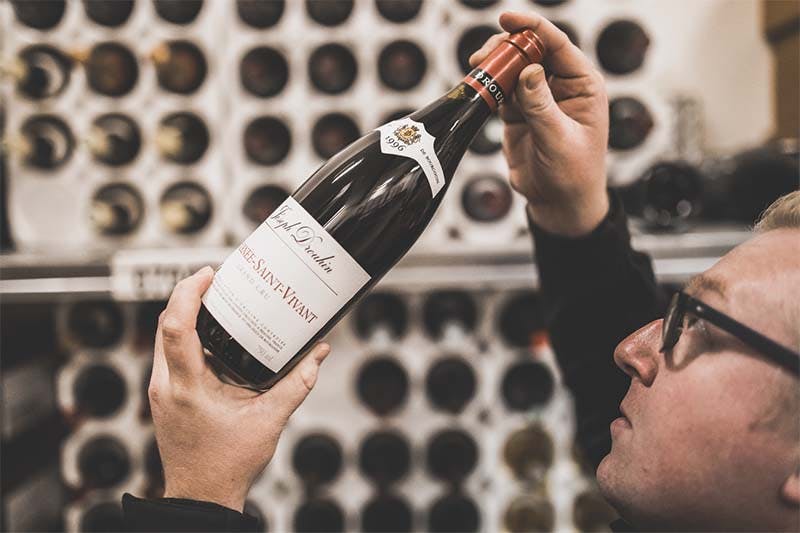
Serving fine wine, particularly Domaine Rousseau, involves more than just pouring it into a glass. It's about enhancing the wine's inherent qualities and ensuring that each sip delivers the full spectrum of flavors and aromas intended by the winemakers. This guide will delve into the nuances of serving Domaine Rousseau, from selecting the right temperature to choosing the appropriate glassware. Whether you're a seasoned connoisseur or a casual enthusiast, understanding these details can significantly elevate your wine experience, making every occasion memorable.
Understanding the Ideal Serving Temperature
When serving Domaine Rousseau, achieving the optimal temperature is crucial for enhancing the taste. Red wines from this esteemed winery, particularly Pinot Noir, should ideally be served slightly cooler than room temperature, around 14-16°C (57-61°F). This cooler temperature helps to maintain the wine's delicate balance between acidity and tannins, while also highlighting its complex aromas and flavors.
Chill the bottle: Place the wine in a refrigerator for about 20 minutes before serving. This brief chilling period ensures it reaches the ideal temperature without becoming too cold.
Use a wine thermometer: To avoid guesswork, a wine thermometer can be used to check that the wine has reached the desired temperature.
Consider the serving environment: If you are dining outdoors or in a warmer room, it may be necessary to serve the wine slightly cooler, as the ambient temperature can cause the wine to warm up quickly.
By paying attention to these details, you ensure that each glass of Domaine Rousseau is served in a way that maximizes its quality and enjoyment.
Decanting Domaine Rousseau: Is It Necessary?
Decanting Domaine Rousseau wines often sparks debate among enthusiasts and sommeliers alike. The necessity of this practice largely depends on the age and characteristics of the specific bottle. For younger vintages, which are typically more robust and tannic, decanting can be beneficial. It allows the wine to breathe, softening the tannins and releasing a fuller bouquet of aromas. Conversely, older vintages of Domaine Rousseau might require a more delicate approach:
Gentle Handling: Mature wines are generally more fragile. Vigorous decanting could disrupt their balance, causing the subtler flavors to dissipate.
Sediment Separation: With age, wines develop sediment. Decanting helps in separating this from the liquid, ensuring a smoother drinking experience.
Temperature Consideration: Serving temperature impacts the efficacy of decanting. Cooler wines might need longer to open up, making decanting more advantageous.
Ultimately, whether to decant Domaine Rousseau should be a decision made with consideration of these factors, tailored to the specific wine in question.
Choosing the Right Glassware for Domaine Rousseau
When serving Domaine Rousseau, selecting the appropriate glassware is crucial to fully appreciate its complex aromas and flavors. The ideal choice is a Burgundy glass, which features a larger bowl to enhance the wine's characteristics. This type of glass allows ample space for swirling, which aerates the wine and releases its rich bouquet.
Shape: A Burgundy glass has a wide bowl that tapers slightly at the top. This design helps concentrate the aroma towards the nose, enhancing the tasting experience.
Material: Opt for crystal over glass if possible, as crystal is thinner and smoother, which improves the wine's texture and flavor perception.
Size: The glass should hold at least 24 ounces, allowing enough room for the wine to breathe.
Proper glassware ensures that each sip of Domaine Rousseau is a reflection of the terroir and effort put into its production. For more detailed guidance on how to store Domaine Rousseau to preserve its quality, consider exploring specific storage techniques.
The Role of Aeration in Serving
Aeration plays a crucial role in enhancing the flavors and aromas of Domaine Rousseau wines, particularly when dealing with popular vintages. This process involves exposing the wine to air, allowing it to breathe and develop a more complex profile. Here are some key points to consider when aerating these esteemed wines:
Decanting Time: Depending on the age and character of the wine, the optimal decanting time can vary. Younger wines might benefit from longer exposure, sometimes up to two hours, to soften their tannins. Older vintages, however, may require less time as they are more delicate.
Type of Decanter: Utilize a decanter that maximizes the wine's exposure to air. A wide-based decanter is often recommended for its ability to increase the surface area of the wine, enhancing oxygen interaction.
Temperature Considerations: Serve the wine at the right temperature post-aeration. Reds generally fare best between 60-68°F, which helps to amplify their bouquet and flavor nuances.
By carefully managing these aspects, the inherent qualities of Domaine Rousseau's wines are significantly elevated, making the tasting experience truly memorable.
Serving Tips: From Bottle to Glass
When serving Domaine Rousseau, the transition from bottle to glass should be handled with care to preserve the wine's integrity and flavor profile. Begin by ensuring the wine is at the optimal temperature; reds from this vineyard excel between 16-18°C. Cooling or warming the bottle to this range can significantly enhance the tasting experience.
Decanting is another crucial step, particularly for older vintages. This process helps to separate the wine from any sediment that has formed over the years and also allows the wine to breathe, which can intensify its aromas and flavors. A decanter should be used gently to avoid agitating the wine too much, which might affect its delicate balance.
Choosing the right glass is equally important. A wide-bowled glass is ideal for reds from Domaine Rousseau, as it gives the wine enough surface area to aerate and develop its bouquet fully.
For those interested in the history of Domaine Rousseau, understanding its origins and evolution can add an enriching layer to the tasting experience, connecting the drinker not only to the wine but also to its storied past.
How Long to Let Domaine Rousseau Breathe
When serving Domaine Rousseau, allowing the wine to breathe properly enhances its flavors and aromas, showcasing the craftsmanship behind its production. The optimal decanting time varies depending on the vintage and specific wine type. Here are some guidelines to consider:
Young Reds (less than 5 years old): These wines benefit from 1 to 2 hours of aeration. This exposure helps soften tannins and release the bouquet.
Mature Reds (5 to 15 years old): A shorter decanting time of about 30 to 60 minutes is sufficient. Older wines are more delicate, and excessive exposure to air might lead to flavor degradation.
Very Old Reds (over 15 years old): It's best to decant these just before serving, as they can quickly lose their complexity and nuances if left to breathe too long.
Each bottle should be treated with care to ensure that its unique characteristics are preserved and enjoyed at their best.
Pairing Accessories: Essential Tools for Serving
When serving a prestigious wine like Domaine Rousseau, having the right accessories can significantly enhance the experience. Essential tools not only facilitate the proper handling and presentation of the wine but also elevate the overall ambiance of the occasion.
Decanter: A high-quality decanter is crucial for aerating the wine, allowing it to breathe and fully develop its flavors before enjoying it. This is particularly important for younger vintages, which may need more time to open up.
Proper Glassware: Choosing the right glass is essential. For Domaine Rousseau, a glass designed specifically for Pinot Noir is ideal, as it will help to properly channel the wine’s delicate aromas to the nose, enhancing its complex profile.
Wine Thermometer: Serving wine at the right temperature is key. A wine thermometer ensures that Domaine Rousseau is served at its optimal temperature, which is typically between 55°F and 60°F for red wines.
Corkscrew: An efficient and reliable corkscrew makes opening wine bottles effortless, preventing cork damage that could potentially spoil the wine’s purity and taste.
Each of these tools plays a vital role in the preparation and serving process, ensuring that each glass of Domaine Rousseau is as perfect as intended.
The Order of Pouring: Who Gets Served First?
When serving Domaine Rousseau at a gathering, the order of pouring is an essential aspect of etiquette that enhances the experience for your guests. Traditionally, the host begins by serving the guest of honor, who is typically seated to the right of the host. Following this, the wine should be poured clockwise around the table, ensuring each guest receives their share in a respectful and orderly manner.
It is also considered polite for the host to serve themselves last, demonstrating a gesture of hospitality and selflessness. This practice not only maintains the flow of conversation but also allows the host to ensure that everyone is adequately attended to before they partake.
For those interested in learning more about the prestigious winery, exploring facts about Domaine Armand Rousseau can provide deeper insight into its rich history and esteemed wine production techniques. Such knowledge can greatly enhance the appreciation of the wine's unique characteristics and the overall tasting experience.
Handling Older Vintages of Domaine Rousseau
Handling older vintages of Domaine Rousseau requires a delicate touch, not only in terms of storage and decanting but also when considering what to serve alongside these esteemed wines. Older vintages, with their complex flavor profiles, pair beautifully with dishes that complement their unique characteristics. Here are some ideal food pairings for these exquisite wines:
Roasted Game Birds: The earthy tones of pheasant or quail beautifully complement the mature notes of a Domaine Rousseau.
Truffle Risotto: A creamy risotto with truffles echoes the subtle fungal notes often found in aged reds.
Grilled Mushrooms: Their umami flavors enhance the deep, savory qualities of the wine.
Beef Bourguignon: This classic dish, with its rich sauce and tender meat, matches the robustness of an older Domaine Rousseau.
Aged Cheeses: Opt for cheeses with intensity and depth, such as aged Gouda or Comté, to stand up to the wine’s powerful profile.
Each pairing is designed to enhance both the wine and the food, creating a harmonious dining experience that elevates the inherent qualities of the vintage.
Post-Serving Care: What to Do with Leftovers
After enjoying Domaine Rousseau, proper care of any remaining wine ensures its quality is maintained. Firstly, re-cork the bottle tightly to minimize oxygen exposure. If the original cork is damaged, use a wine stopper that provides an airtight seal.
Storing the wine in a cool, dark place is crucial. Ideal storage temperatures are between 53°F and 57°F. Avoid places with high temperature fluctuations such as on top of refrigerators or near ovens.
For optimal preservation, consider investing in a wine preservation system. Devices like vacuum pumps or gas-based preservers can significantly extend the life of your wine by removing air from the bottle or replacing it with an inert gas.
Lastly, consume leftover wine within three to five days. As time passes, the wine's flavors and aromas will gradually diminish, so it's best enjoyed sooner rather than later. Remember, each day counts when it comes to maintaining the integrity of a fine wine like Domaine Rousseau.
Conclusion
In conclusion, serving Domaine Rousseau wines at their best involves a careful consideration of temperature, decanting, and glassware. By ensuring that these wines are served at the optimal temperature of 16-18°C, decanting them gently to allow them to breathe, and choosing the right glass to enhance their aromatic profile, you can truly appreciate the depth and complexity that Domaine Rousseau has to offer.
At Rekolt, we understand the importance of not only serving wine correctly but also ensuring its provenance and storage conditions are optimal for preservation and future trading. Our professional cellar storage option provides an ideal environment for aging your wines, maintaining them in peak condition until you decide it's the perfect time to enjoy or sell them. This service is particularly beneficial for high-quality wines like those from Domaine Rousseau, where the maintenance of quality and value over time is paramount.
Whether you are a seasoned collector or a new enthusiast, Rekolt's services cater to all your needs, ensuring that each bottle you purchase, store, or sell through us meets the highest standards. By choosing Rekolt, you are not just buying wine; you are making an investment in quality and enjoyment.
Share this article
